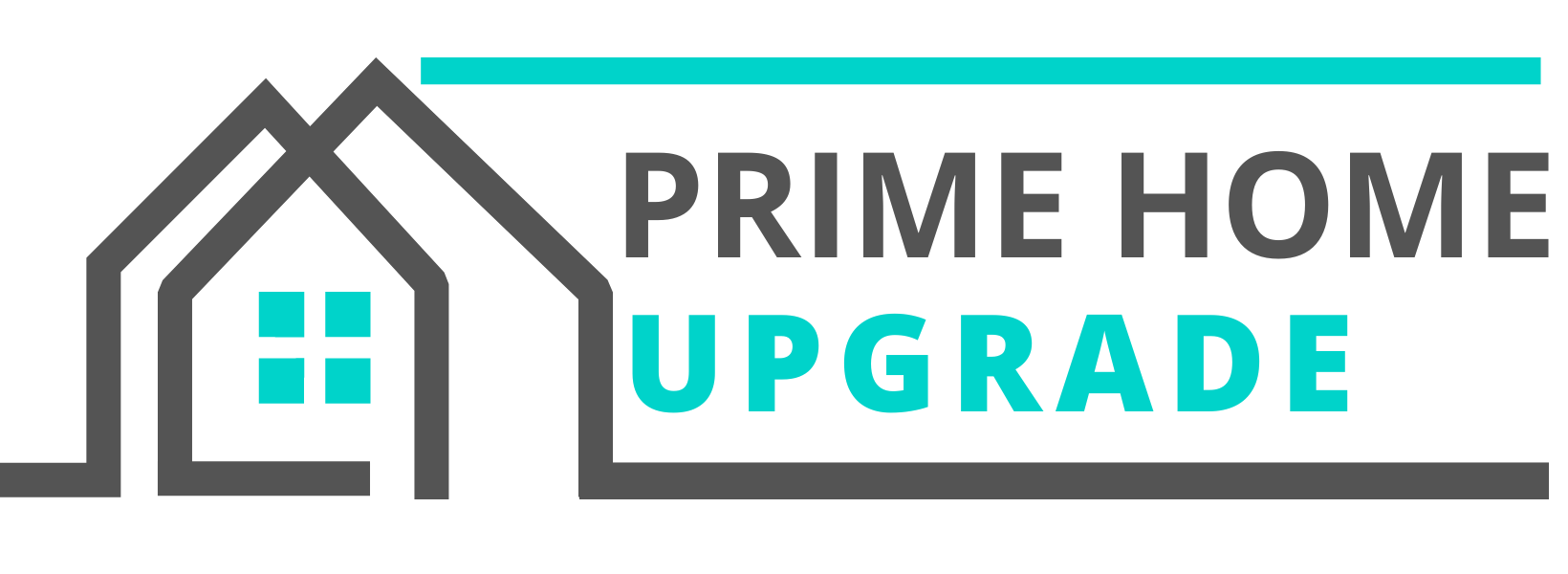Bidets are a game-changer for those with disabilities or limited mobility because they allow for greater independence and autonomy for performing basic hygiene tasks. Bidets provide an alternative to using toilet paper, which can be difficult and awkward for those with physical limitations.
What is a bidet and why are they beneficial for those with disabilities or limited mobility?
A bidet is a plumbing fixture that is used for personal hygiene, typically located near a toilet. It features a nozzle or shower head that sprays water onto the user’s body, allowing them to clean themselves more effectively and thoroughly than with toilet paper alone.
For those with disabilities or limited mobility, bidets can be an invaluable tool in maintaining their basic hygiene needs. Unlike traditional toilet paper, bidets offer a much more efficient and accessible way to clean oneself after using the restroom. Bidets are a game-changer for individuals who would otherwise be unable to properly perform this essential task.
Ergonomics of Bidets
Using a bidet to clean oneself after using the restroom provides an enormous benefit for those with physical limitations or disabilities. Not only does it provide enhanced comfort and convenience, but it also offers improved ergonomics. With bidets, there’s no need to twist and reach in order to use toilet paper. Instead, bidets allow users to stay seated and safely clean themselves. This can be especially helpful for those with limited flexibility or weak arms and legs who may find it difficult to reach behind them in order to wipe properly. By eliminating the need to twist, bidets provide a more ergonomic experience that helps keep users safe and comfortable while they perform their hygiene tasks.
Types of bidets: Different types
When it comes to bidets, there are a variety of types to choose from:
1. Handheld Bidets: Handheld bidets are great for those with limited mobility, as they can easily clean oneself after using the restroom. Most handheld bidets feature a spray nozzle that can be adjusted for various water pressures, making it easy to control the amount of water used.
2. Wall-mounted bidets: Wall-mountend bidets offer an even more efficient way of cleaning one’s body – these bidets feature a nozzle or showerhead that sprays water onto the user’s body, allowing them to clean themselves more effectively and thoroughly than with toilet paper alone.
3. Electric bidets: Electric bidets offer the same convenience and comfort as handheld bidets, but with even more features. For example, some electric bidets include heated seats, bidet arms that move to clean different parts of the body, and adjustable water pressure.
4. Bidet Toilet Seats: Bidet toilet seats are becoming increasingly popular as they provide enhanced comfort and convenience. These bidets attach to the existing toilet and feature a nozzle or sprayer that sprays water onto the user’s body during cleaning.
For those who want a bidet but don’t have the space for one, there are bidet attachments available that can be easily installed on any existing toilet. These bidets attach directly to the toilet and feature a nozzle or showerhead that sprays water onto the user’s body.
No matter what type of bidet you choose, they all offer an alternative to traditional toilet paper and provide a much more efficient and accessible way for those with disabilities or limited mobility to clean themselves after using the restroom.
Conclusion
In conclusion, bidets are a great alternative for those with disabilities or limited mobility. Not only do they provide enhanced comfort and convenience for performing basic hygiene tasks, but they also offer improved ergonomics by eliminating the need to twist or reach in order to use toilet paper.

